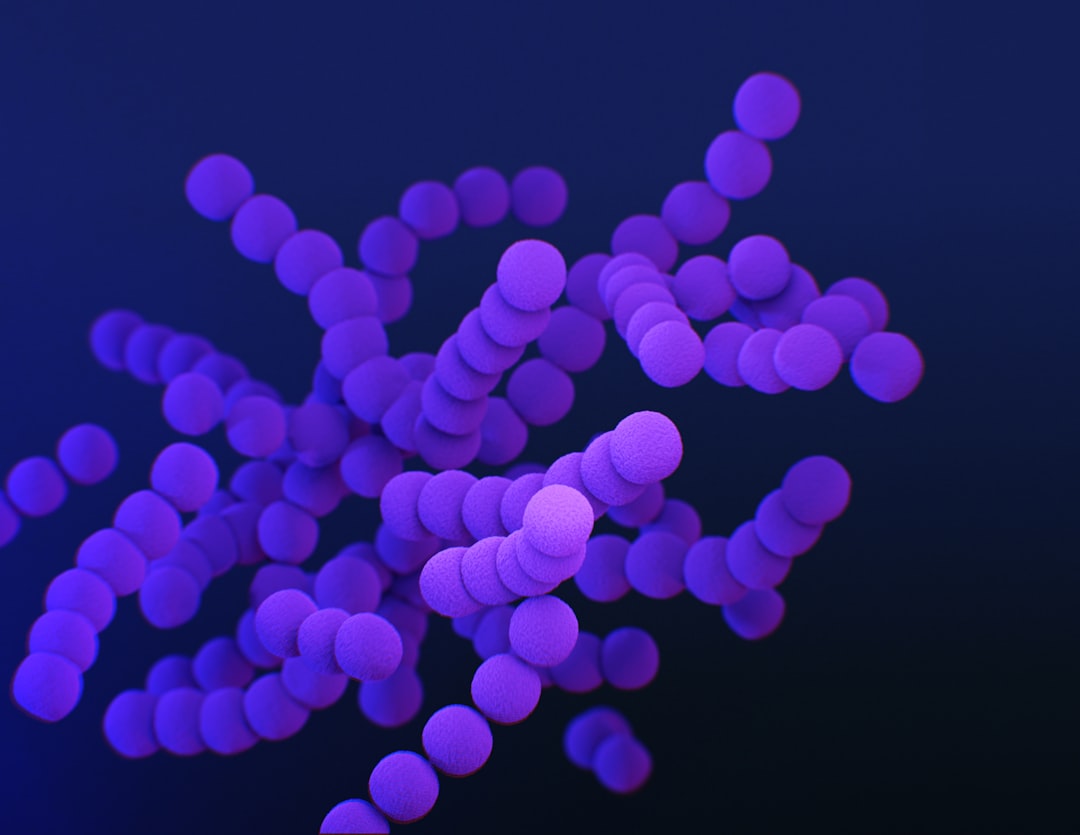What is it about?
Finding new cures for cancer depends on our ability to faithfully reproduce cancer biology in the lab. Patient tumours resemble small balls and are nothing like the conventional carpet-like monolayers on Petri dishes used in most labs. Mainstream adoption of physiological 3D models has been stalled in the past 50 years due to high price, low speed and poor reproducibility. This study describes a readily available, low-cost, open-source platform for spheroid cancer screens that any lab can use.
Featured Image
Why is it important?
Spheroids are famous for their relevance to patient disease, but notorious for reproducibility and cost. Here we show how to culture spheroids the easy way, without the need for specialized equipment and how to multiplex different methods for 3D culture health assessment. Apart from lots of useful technical tips the paper also includes an open-source image analysis macro to aid in spheroid size automation. Before you start working with spheroids read this article it will save you time and money.
Perspectives
When I first tried to culture spheroids, I found it frustratingly hard. The methods either required fancy, expensive plates, were cumbersome and slow or yielded spheroids of all sizes. Furthermore, there was very little information on the suitability of different assays for spheroid health assessment. This paper aims to show one of the easiest and most reliable ways to culture spheroids in the lab. It highlights the steps necessary to validate that your assay gives you a reliable estimate of spheroid viability.
Dr Delyan Pavlov Ivanov
University of Nottingham
Read the Original
This page is a summary of: Multiplexing Spheroid Volume, Resazurin and Acid Phosphatase Viability Assays for High-Throughput Screening of Tumour Spheroids and Stem Cell Neurospheres, PLoS ONE, August 2014, PLOS,
DOI: 10.1371/journal.pone.0103817.
You can read the full text:
Resources
New cell model to speed up development of brain tumour drugs
In a new paper published in PLOS One , academics report a new methodology, which permits drug screening tests to be carried out efficiently, accurately, conveniently and in high throughput in 3D cultures. Using a specially coated multi-well plate they were able to produce single ball-shaped (spheroid) cultures of human cancer and normal brain stem cells.
Video showing how the image analysis macro works
A special macro automating spheroid size analysis was written for this paper. The macro is open-source and works with the free Fiji distribution of the popular ImageJ software. It can process spheroids from 50 to 900µm in size and can distinguish spheroids from scratches in the plastic wells, fibres and bubbles in the media above the spheroid.
The ImageJ macro forum
This is a forum where users of the macro can comment on its usefulness and report bugs. If you come up with an improved version of this code, please share it with the community.
Raw data from paper
This is the raw data underpinning our paper
Set of sample images for macro testing
Here is a small set of real-life spheroid images that you can use to test the macro with.
Presentation
Presentation from the 3D Cell culture conference in Freiburg
School of Pharmacy newsletter
A paragraph about the article in Nottingham's School of Pharmacy jorunal
Contributors
The following have contributed to this page










